So the shambling horde is pounding at your door and the TV newscaster is telling you that you must destroy their brains to stop them. The zombie apocalypse is here and you just sit back and smile. Everything is going to be fine — I can brew my own beer.
Can you though? You do know that your malt (or most extract) will be stale in about 8 months, right? The hops in your freezer will lose their bitterness and, unless you have a generator to keep them frozen, they will become cheesy. (Even if you do have a generator, the gas used to power it will gel in a few years.) Those liquid yeast cultures won’t last forever, either. Unless this is the sort of zombie apocalypse in which your local homebrew shop stays open and stocked, you may need an extended guide to brewing in the zombie apocalypse. This is that guide.

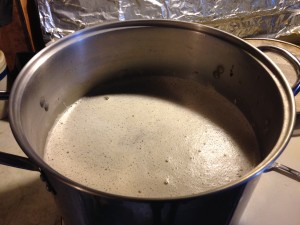
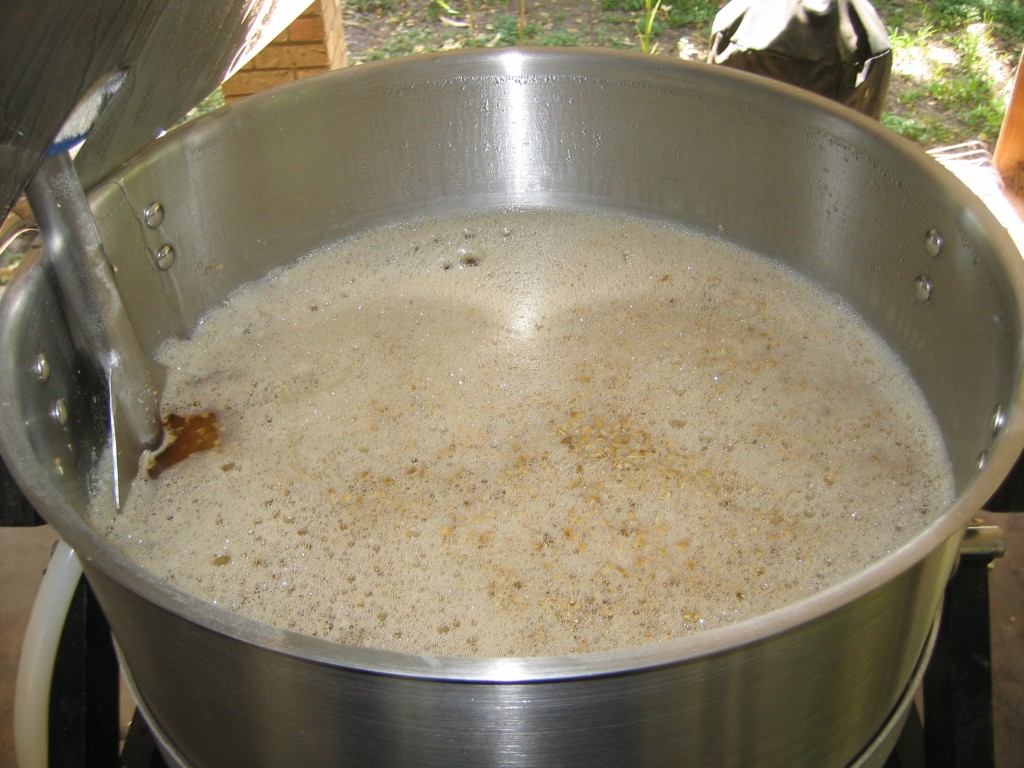

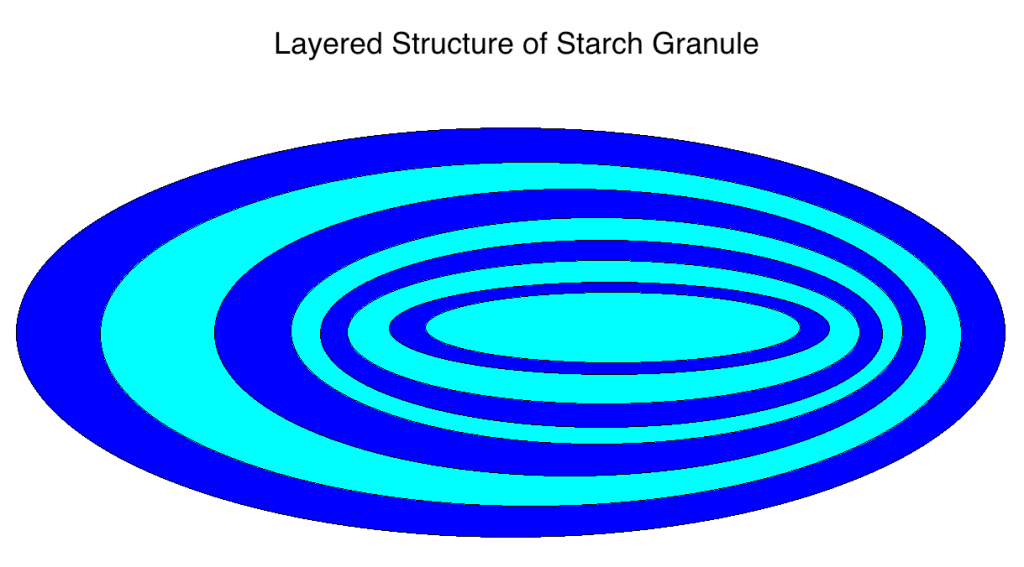
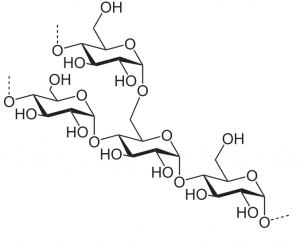
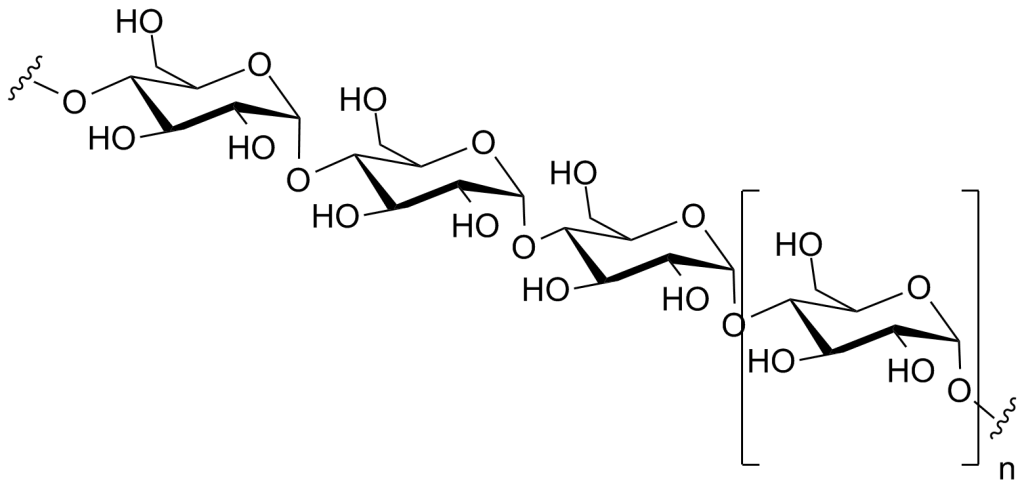

Recent Comments